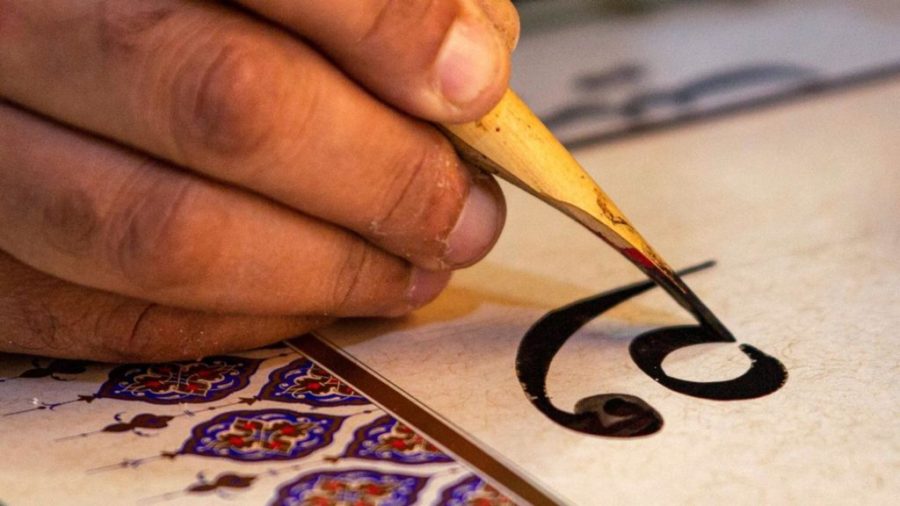
FIVE BASIC ARABIC DIALOGTS AND THEIR UNIQUENESS
With at least 350 million speakers, Arabic is the sixth most widely spoken language in the world after English, Chinese, Hindi, Spanish and French. However, the Arabic language that you hear on the streets of cities in the Middle East and North Africa can be very different in different countries.
The differences between the dialect of the Maghreb spoken in North Africa and the Iraqi dialect (Mesopotamian) can be so significant that speakers of each of them will not be able to understand more than a few words from their interlocutor’s speech. Given such profound differences between dialects and the lack of mutual understanding between their speakers, one may wonder that linguists around the world continue to discuss – why are they not considered separate languages? The answer lies in both politics and history.
All Arabic dialects spoken today in North Africa or the Gulf countries have a common origin in forms of Arabic that were common in the Arabian Peninsula during the formation of Islam in the early 7th century. These dialects spread with the advance of the Muslim armies to new lands in the Middle East and North Africa, and later took on the forms we know today. When Arabic speakers moved to new territories, their language often took on the features of the dialects already spoken in those areas. So, for example, in the former Persian lands there was the influence of the Persian language, in North Africa – the influence of the Berbers, and so on. Later incursions by Turkic and Iranian warriors also left their mark on the language, as did the colonial efforts of Europeans – the French in Algeria and the British in Egypt. Trade was another way to introduce new words to the Gulf region, in particular through the vocabulary of traders coming from South Asia.
However, one particular form remained the standard dialect common to all educated Arabs. Modern Literary Arabic, also called Fusha, is a close relative of the Classical Arabic used in the Qur’an and is used today in all formal areas such as education, news releases, official political statements, religious observances and sermons. It is this dialect that unites native speakers of Arabic, regardless of what country they are in and where they came from. When two speakers from geographically distant countries meet each other, with the help of fusha, their speech becomes more formal for a better mutual understanding.
Today, regional dialects are a key component of national identity in the Arab world, and Arabic speakers are proud of their mother tongue.
Egyptian dialect

Source: AFP
The Egyptian dialect is the most widely spoken in the Arab world, with about 100 million people using it in their daily lives, and tens of millions more familiar with it outside the country thanks to the popularity of Egyptian movies and TV shows. Its most distinctive feature is the use of the “g” sound instead of the “j” sound found in literary Arabic. The dialect has been significantly influenced by French and English, as well as Turkish, due to centuries of Ottoman rule. The Egyptian dialect is closely related to Sudanese Arabic, but the latter, among other differences, retained the formal pronunciation of the “j” sound.
Mesopotamian dialect

Source: AFP
Mesopotamian Arabic is spoken in Iraq and Arabic-speaking areas of Iran, as well as parts of Syria, Kuwait, and southeastern Turkey. The dialect contains influences from languages spoken in Mesopotamia in ancient times or spoken today, including Sumerian, Akkadian, Persian, Kurdish and Greek. Depending on the region, the sound “k” can be replaced by “g” – a feature characteristic of the dialects of the Persian Gulf.
Levantine dialect

Source: AFP
The Levantine dialect, known in Arabic as “Shami”, is spoken by 38 million people worldwide. Various variations of the dialect are common in the Levant region, which includes Syria, Lebanon, Jordan and Palestine, as well as among small Arabic-speaking communities in Cyprus and Turkey. Each variety is almost completely intelligible to the other, although there are slight linguistic differences. Many Arabic learners prefer to learn Levantine because of its closeness to Standard Arabic. Like other varieties of Arabic, Levantine has Turkish influences, as well as later English and French additions. Some linguists believe that many of the lexical features of Aramaic are inherent in the dialect, since the language was spoken in the Levant even before the advent of Islam.
Maghribin dialect

Source: AFP
The Maghreb (Western) dialect, spoken in the North African states west of Egypt, has a reputation for being difficult for native speakers of Eastern Arabic to understand. Among the locals, the Maghreb version of Arabic is known as “Darija”, which translates as “everyday language”. It is used in the Maghreb region which includes Morocco, Algeria, Tunisia, Libya, Western Sahara and Mauritania. Residents of the Maghreb countries can easily understand their neighbors in the region. A distinctive feature of the dialect family is the elision of vowel sounds. For example, the phrase from the literary Arabic language “min ayna anta” (where are you from?) sounds like “mnin nta” in the Moroccan dialect.
Depending on the territory, the Maghrebi dialect includes significant influences from other languages such as French, Spanish, Turkish and Italian. In Libya, the influence is mainly Turkish and Italian, while in Morocco it is French and Spanish. There is also some influence from the Berber languages, as the Amazigh have lived in the region for thousands of years before the advent of Islam.
Persian Gulf dialect

Source: AFP
The Persian Gulf dialect, known in Arabic as “Khaliji”, is spoken by almost seven million people in Saudi Arabia and along the Persian Gulf coast – in Kuwait, Bahrain, Qatar, the United Arab Emirates, as well as southern Iraq and northern Oman. The Gulf dialect also does not differ much in each country and is easily mutually intelligible to Arabic speakers in the region.
SOURCE: https://islamosfera.ru/pyat-osnovnyx-dialektov-arabskogo-yazyka-i-ix-unikalnost/

